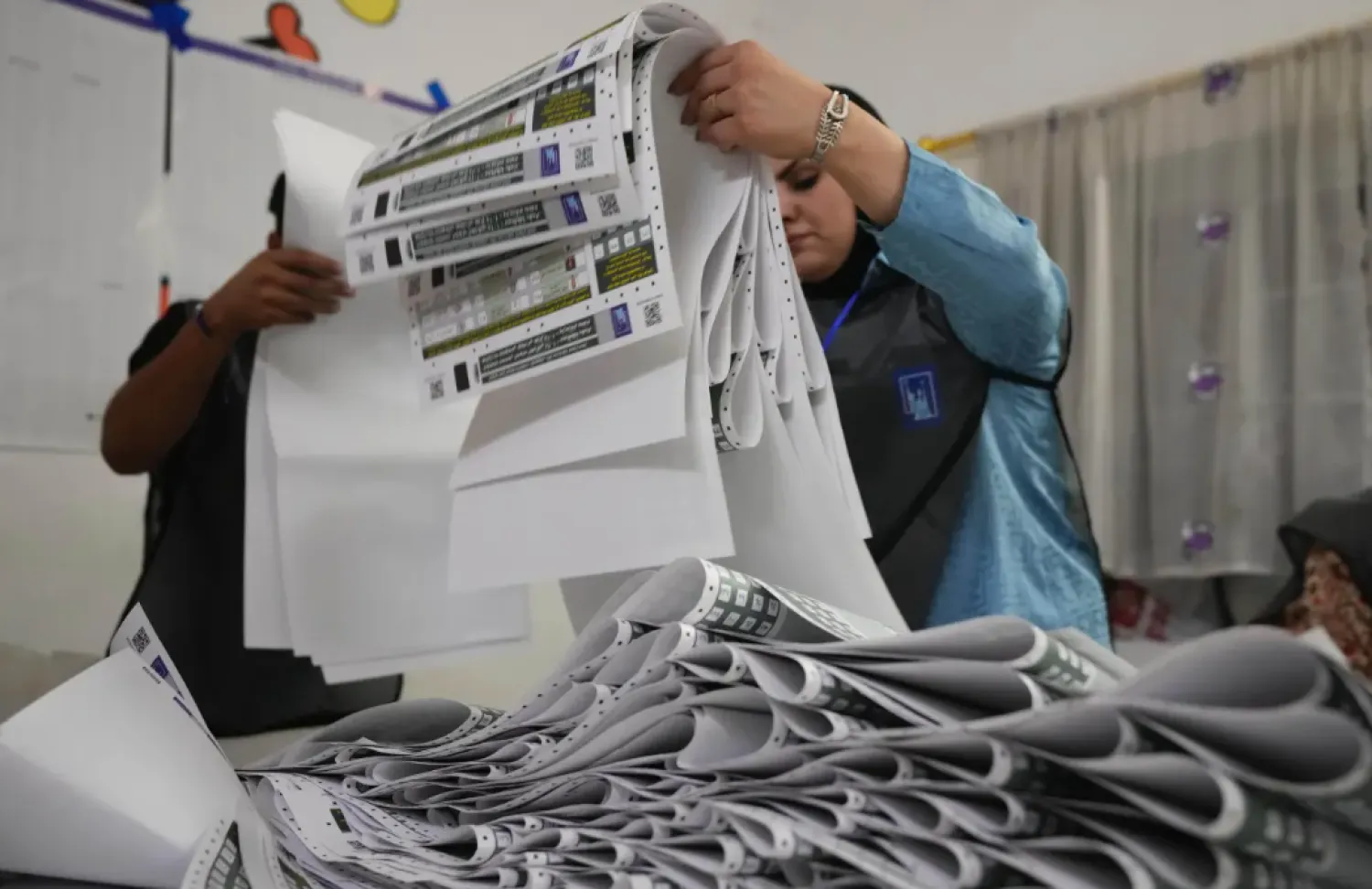Lebanon’s Hezbollah group intensified its strikes on Sunday on military positions in Israel using heavy missiles following Israeli strikes on a Lebanese town in South Lebanon that killed three Hezbollah fighters.
Israeli warplanes flew for the first time at low altitude and broke the sound barrier over Mount Lebanon.
This came in parallel with new Israeli threats voiced by Israel's Finance Minister Bezalel Smotrich who said there is no escaping "a sharp, quick war” with Hezbollah.
He said “the war in Lebanon will carry a price, and I don't underestimate it, but any price we pay today will be much smaller than what we will be forced to pay in the future, if we don't act."
Earlier, Israel’s Defense Minister Yoav Gallanthad said that Tel Aviv does not seek a war with Hezbollah but that his army is prepared for one.
On Sunday, Israel said that after surveillance, its warplanes hit a “military” building in the southern Lebanese town of Hula it said was housing Hezbollah fighters.
It also said its forces spotted a fighter entering a military building of Hezbollah in the village of Kfar Kila. Shortly after, its forces bombed it.
Fears over Hezbollah retaliation, the Israeli media said that Israel’s army requested all residents of the Ma’ayan Baruch settlement in north Israel to stay in shelters.
Sirens were sounded in several towns in the Upper Galilee in northern Israel, Yedioth Ahronoth said.
Israel's military said 18 of its soldiers were injured, one of them seriously, when a drone struck their position in the occupied Golan Heights, which border Lebanon.
The Israeli army said in a statement the strike happened earlier on Sunday. It said since then, it had struck Hezbollah targets in southern Lebanon with air strikes and artillery fire.
Fighting between Israel and Lebanon's Hezbollah has been escalating, after it was triggered by the Gaza war.









